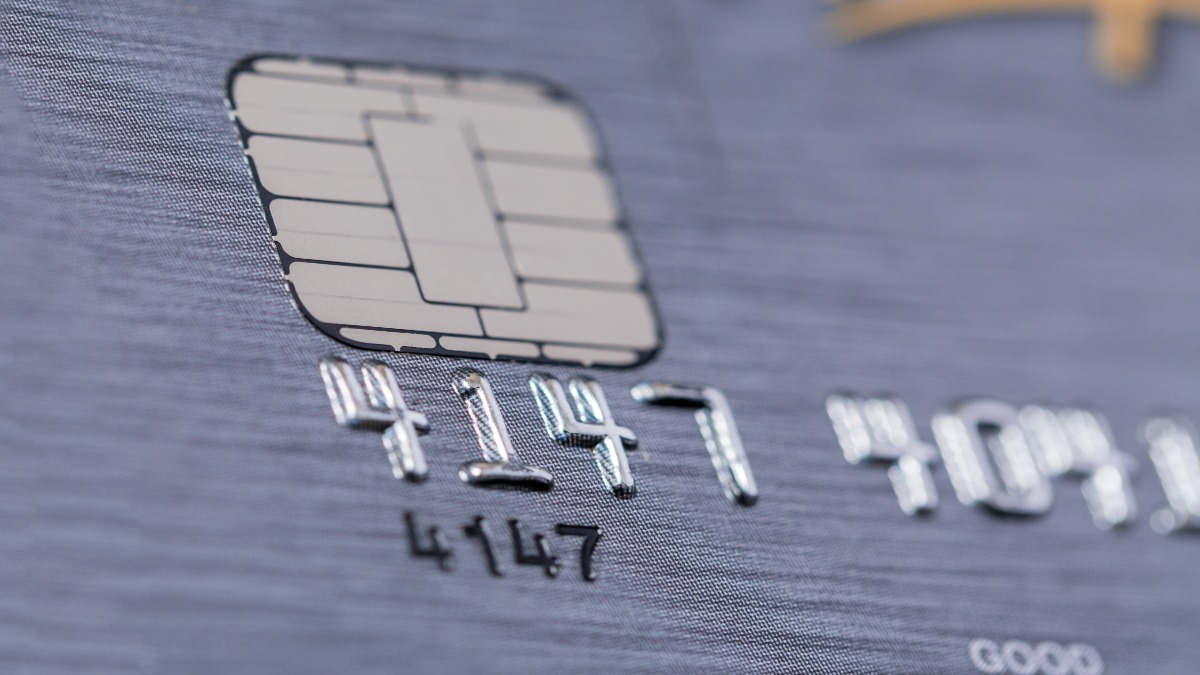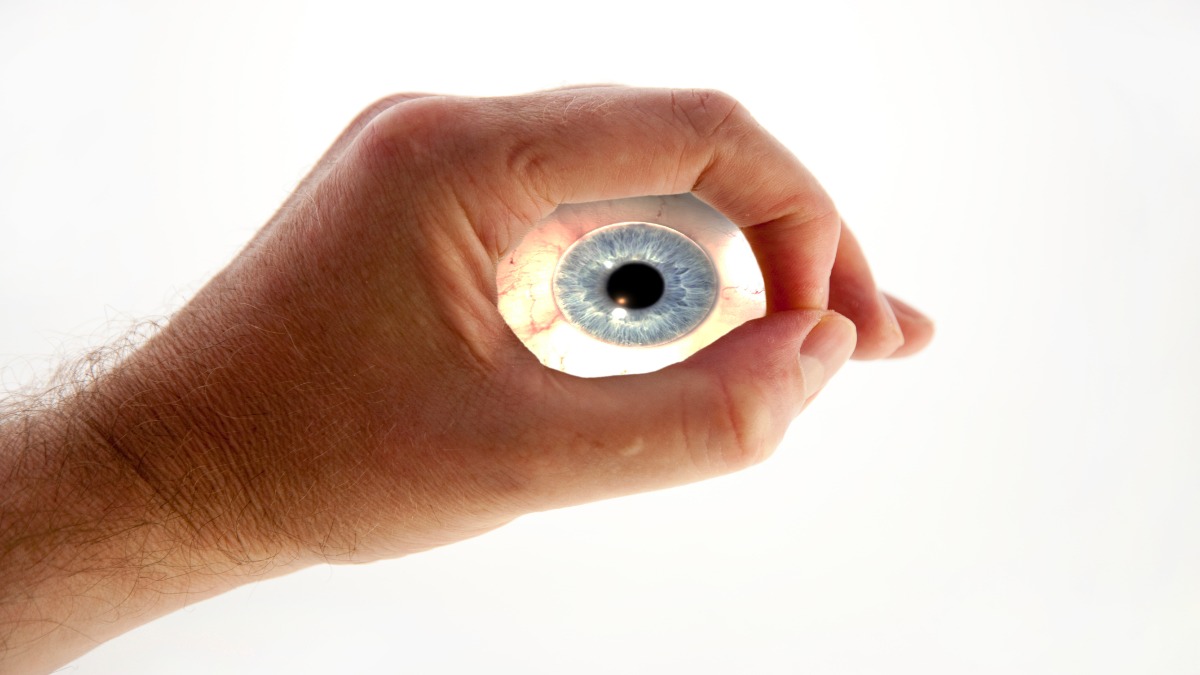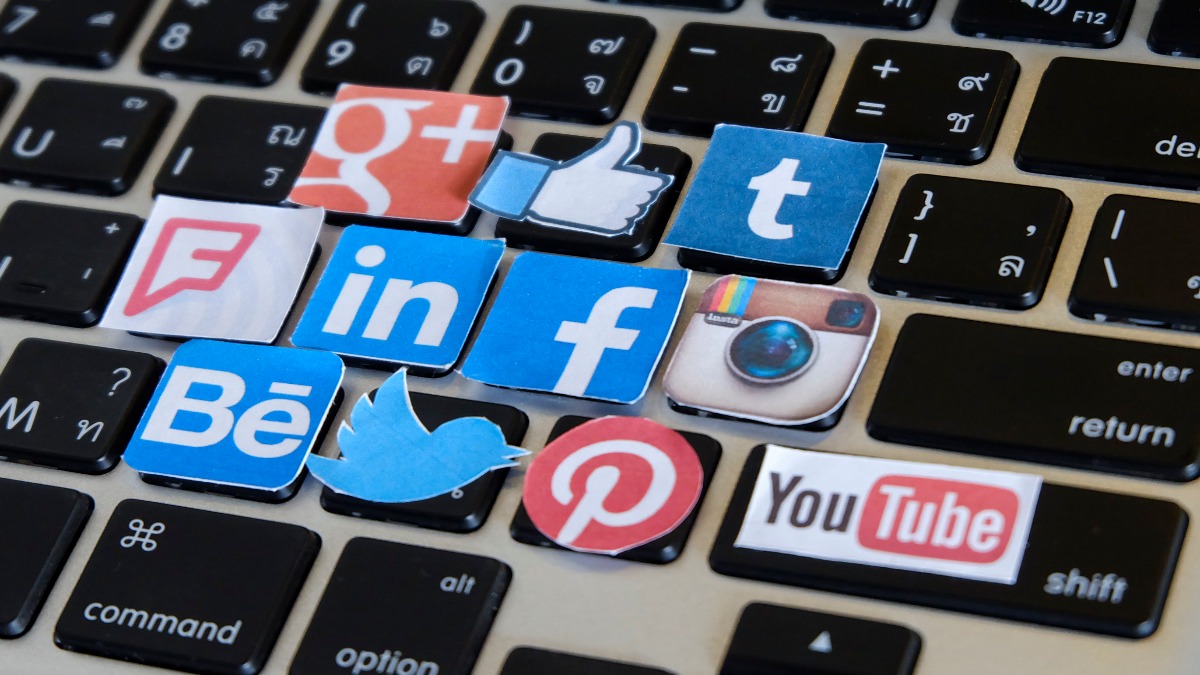Paper death! Legal professionals get buried in a mountain of paperwork. Artificial Intelligence (AI) replaces that mountain of paper with cloud-based apps and whittles down costs. What’s new in Artificial Intelligence (AI) as it relates to the legal industry? Check out this video as Forensic Expert Lee Neubecker and DISCO’s Information Officer Catherine “Cat” Casey talk through AI trends in the legal industry.
View Part 2 of our 3 Part Series on Artificial Intelligence (AI) in the Legal Industry
The video transcript AI Trends in the Legal Industry follows:
Lee Neubecker: Hi, I’m back here again with Cat Casey from CS Disco. Thanks for coming back again.
Cat Casey: My total pleasure.
LN: We’re going to continue our conversation in this multipart series. This time, we’re talking about artificial intelligence and the trends impacting the legal industry and the whole eDiscovery industry as well.
CC: Absolutely, so in my role at Disco, I’m chief innovation officer, and one of the things I’m tasked with doing, both now and in my prior roles, is going out and figuring out what’s going on in the market, and what we’re seeing is AI written everywhere. Sometimes it’s true AI, sometimes it’s not, but what we are seeing is people want to find evidence faster. People want to eliminate those low-hanging tasks that aren’t the practice of law. And so, we’re seeing a lot of tools that are driving efficiency both in practice management and litigation management and in finding evidence.
LN: So where do you see we’ve gone in the last few years with AI in terms of advancements and providing products for the review process?
CC: When we first, I think, announced AI about 2006, seven, eight, nine, I was working as a channel partner with the company that patented the word predictive coding. That was the first AI model in eDiscovery and people liked it. They didn’t really want to use it. They were nervous. What I’ve seen is not only has the process improved instead of TAR 1.0, where you have a sample, you make decisions, and then, the algorithm might learn, we have continual models. So the tools got better, but the appetite to use them has increased dramatically, I think, in the last 18 months, because data’s getting very big, very complicated, and no amount of money or time is enough to actually get through it without using this sort of technology.
LN: So are you seeing that other messaging platforms are starting to become more a part of this process, like Slack?
CC: Oh, yeah.
LN: You’ve got all kinds of other messaging platforms, WhatsApp.
CC: Weird data is the new normal and I noticed it starting, I’ve been at Disco about a year, so starting my last 18 months at Gibson Dunn, where it used to be, okay, email, maybe text. That’s all I got to worry about. No, no, no, now I’m dealing with ephemeral messaging, which is self-destructing text messages. I’m dealing with collaboration tools like Slack and Messenger and Teams and each one of these tools has a challenge in terms of formatting the data, being able to review it, and relating it. Think of a given day. This morning, I was on Slack, then I was answering text messages, then I had a phone call, then I sent an email, then I went back to my Slack channel. That was before I got out of bed and if you want to recreate kind of this digital footprint of what people are doing, you need to have all of that info. And so, finding tools and partners that can deal with it is paramount.
LN: So does your platform at Disco, does it have APIs and import specs that match upon those alternate data streams?
CC: We do to a degree. We also do kind of a middleware layer of parsing and creating a new visualization, like say from a JSON file for Slack, we recreate that in our ecosystem and render it the way you would’ve seen it in the Slack dialogue box. And so, we’re developing more of those direct APIs of a 365 box, but we’ve worked on the visualization and ensuring that the data we receive is reviewable, usable, and easily rendered, so.
LN: Now, it’s interesting when we’ve collected cellphone data, we’ve used some of the popular tools on the market and the output of the data isn’t necessarily always easy for the attorneys to review. And what we’ve done is we’ve often taken the spreadsheet output of text.
CC: Oh yeah, yeah.
LN: So what are some of the challenges you see facing AI and its adoption over the next few years?
CC: Like with everything, it’s fear and desire. People desire the outcome of finding stuff faster, being able to practice law, but no attorney went to law school to play with relational databases and lambda calculus. I didn’t. And so, what ends up happening is there’s a fear of the unknown and a fear of explaining something to a judge who maybe didn’t even use a laptop when he was going to law school, probably didn’t. So there is a fear of using technology that folks don’t understand, a fear of explaining it, and that’s when having the right partner, the right person to testify, the right person to navigate you through this becomes so important.
LN: Have you seen much, part of my practice deals with patient electronic medical records?
CC: Oh yeah, yeah.
LN: And patient audit trails of EMR, electronic medical records.
CC: Oh, yeah.
LN: Usually, those records aren’t quite like an email thread. They’re more cryptic. They’re more accustomed to the specific platform the hospital’s use. Have you seen many of those cases come in where they’re pulling in the charts and various transcripts from the physicians and whatnot?
CC: I haven’t run into that as much at Disco, but when I was at PWC, we were doing very complex multilayer investigations, and so, we would have, sometimes, medical charts. Sometimes we would have trade databases and so, marrying and creating a story between that structured data and the unstructured data was always very challenging and very bespoke, and there’s some tech that’s beginning to create a unified place to do that. We’re looking in to do that as well, but it’s very hard to take that weirdly formatted data and render it in a way that then ties to what the humans are saying and then, help you get those facts to build your case.
LN: That’s great. Well, this has been great. In our next segment, we’ll be talking a little bit more about artificial intelligence and some of the potential challenges and impacts for organizations that don’t get on board. So thanks for coming on again.
CC: My pleasure.







